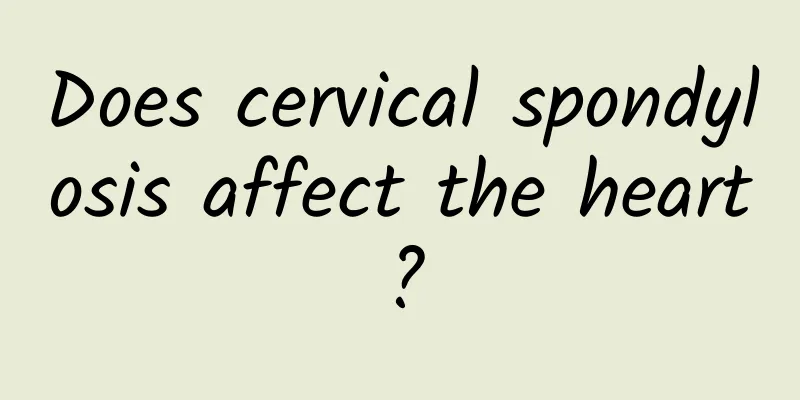Complete list of methods to care for medullary paralysis in the golden autumn season

|
From the perspective of traditional Chinese medicine, various diseases are likely to occur when seasons change. Especially in autumn, the temperature changes from hot to cold. Therefore, patients with cerebrovascular diseases often experience various uncomfortable symptoms at this time, which can easily cause secondary attacks and thus medullary paralysis. What is medullary paralysis? Bulbar palsy, also known as bulbar palsy, is a common syndrome of paralysis of the pharyngeal and laryngeal muscles. It can be caused by lesions of the lower motor neurons of the glossopharyngeal, vagus and hypoglossal nerves and nuclei, as well as damage to the bilateral corticobulbar tracts. It is mainly divided into true bulbar palsy and pseudobulbar palsy. Professor Sheng Guobin said that the main symptoms of patients with medullary paralysis are difficulty in swallowing and choking when drinking water. They need to rely on nasogastric tubes to eat liquid food for a long time. Both patients and their families are very painful. Long-term nasogastric feeding can cause rupture of the nasal mucosa, lesions of the esophageal mucosa and gastric mucosa, ulcers and even bleeding. Choking and inhaling foreign objects into the lungs will cause complications such as pneumonia. If patients with medullary paralysis are not properly cared for and their diet is not adjusted properly, they will also suffer from dehydration, malnutrition, weight loss, decreased resistance and other problems, which will affect the progress of recovery. Therefore, nasogastric feeding diet and care are very important. People who are susceptible to bulbar palsy Medullary bulbar palsy, especially pseudo-medullary bulbar palsy, is more common in patients with recurrent cerebrovascular diseases. Most patients have suffered two or more cerebrovascular attacks, such as cerebral infarction, cerebral hemorrhage, etc., collectively referred to as stroke patients in traditional Chinese medicine. There are many causes of stroke, most of which are related to emotions, diet, and daily life. Modern medical research has shown that ischemic stroke and hemorrhagic stroke are often related to hypertension, hyperlipidemia, diabetes and high homocysteine. How to perform nasogastric feeding care Checking the fixation of the gastric tube before nasogastric feeding, ensuring aseptic operation, the cooling temperature of food and necessary oral cleaning are all key to nasogastric feeding care. For example, food must be cooled to 38℃~40℃, and patients must perform oral care at least twice a day. These details must be taken seriously. |
<<: Symptoms of common peroneal nerve injury and rehabilitation of common peroneal nerve injury
>>: Is muscle atrophy a symptom of polio?
Recommend
Wild wolfsbane pictures
Poison, the name of a Chinese herbal medicine. It...
When I lie down, I feel chest tightness and my heartbeat speeds up
In life, every time we do something, there is a c...
Yueju Pill Composition
Yueju Wan is the name of a Chinese medicine presc...
How to tell if there are bugs in your brain?
The human brain is a very important organ in our ...
Can red bean and coix seed be drunk overnight?
Red beans and coix seeds are both very good whole...
What to do if the nerve root of lumbar disc herniation is adherent
If lumbar disc herniation causes nerve root adhes...
My face is the darkest color on my body. Does this mean my kidneys are not good?
A dark complexion is an obvious sign of kidney de...
How to treat kidney deficiency best and fastest
Kidney deficiency is relatively common in life. I...
How to heal quickly after a knife cut
In the hot summer, many people suffer from "...
What are capillary hemangiomas on the fingers?
Capillaries are an indispensable part of our huma...
What are the effects and functions of pig bile powder?
Pig bile powder can actually effectively help us ...
What to do if your child has cervical subluxation
The cervical spine is very important to us and we...
What should I do if the labia majora surgery is painful?
Some women with enlarged labia majora will choose...
Can chlortetracycline ointment treat body odor?
Body odor is a common disease. Having body odor c...
How to regulate early menstruation, dietary regulation is more effective
Menstruation is a "good friend" that al...









